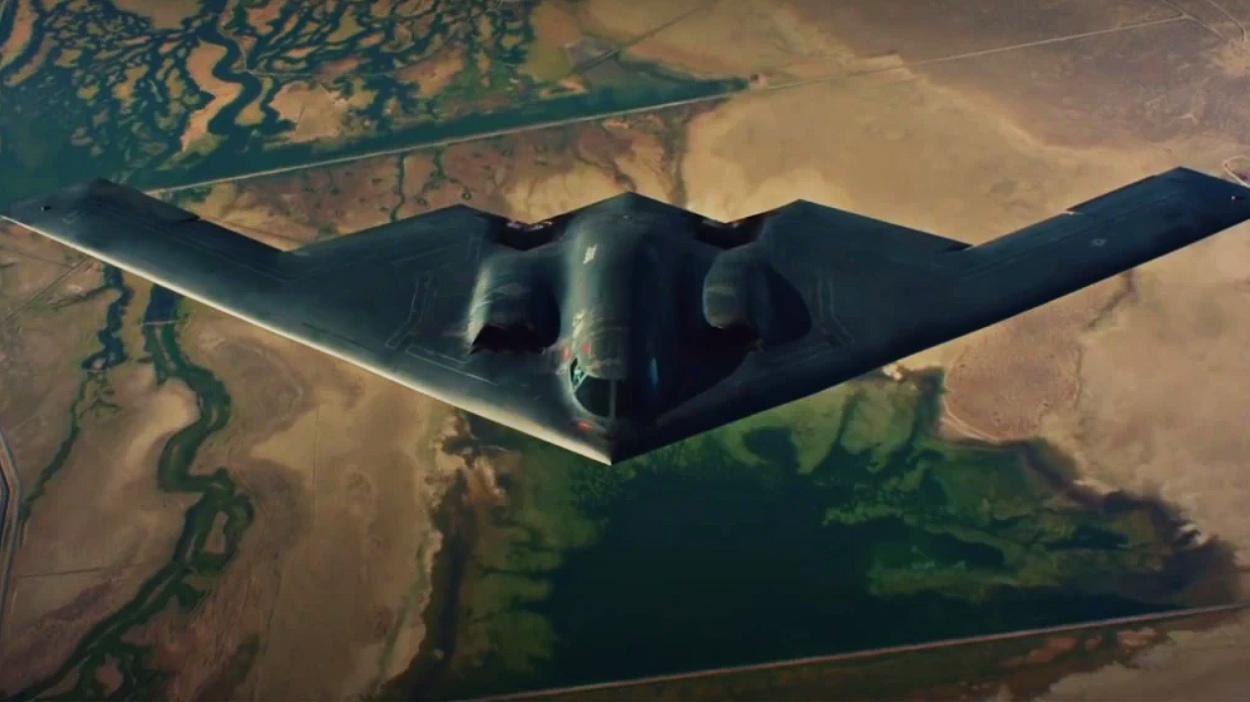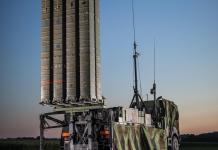In collaboration with the US Air Force, Northrop Grumman has announced achieving noteworthy success by effectively demonstrating an Integrated Airborne Mission Transfer (IAMT) system for the USA’s heavy strategic bomber B-2 Spirit.
On August 9, in a press release, the US-based defense company, Northrop Grumman, stated that the demonstration occurred in a two-day event in July, held at Whiteman Air Force Base, as a component of their continuous modernization endeavors.
IAMT introduces advanced functionality that empowers the B-2 to seamlessly receive and integrate new mission data during flight through digital, machine-to-machine transfer directly into the aircraft.
This innovation is a component of Northrop Grumman’s B-2 Collaborative Combat Communication (B2C3) Spiral 1 initiative, which digitally enhances the B-2’s communication capabilities in contemporary battlefield scenarios.
Nikki Kodama, Northrop Grumman’s Vice President and B-2 Program Manager, said, “We are providing the B-2 with the capabilities to communicate and operate in advanced battle management systems and the joint all-domain command and control environment, keeping B-2 ahead of evolving threats.”
Kodama explained that integrating this digital software into the weapon system will further amplify connectivity and survivability within intensely contested environments as part of ongoing modernization efforts.
Boasting stealth and extensive long-range strike capabilities, the B-2 is a potent force capable of projecting the USAF’s power over vast distances, serving as a powerful deterrent against potential acts of aggression.
Initially, the USAF wanted to retire the B-2 bomber by the early 2030s. However, recent statements from Air Force officials reveal a lack of a specific retirement timeline for the B-2, underscoring its continued operation until the new B-21 Raider becomes operational.
Following an emergency landing and fire in December, the entire bomber fleet underwent a temporary suspension lasting around six months, with flights recommencing in May. Nevertheless, the service is actively working to maintain the aircraft’s relevance in contemporary battlefields through dedicated modernization initiatives.
Easy To Update Mission Parameters
The demonstration of the Integrated Airborne Mission Transfer (IAMT) initiative began on July 18, after the installation of Northrop’s Multi-Mission Domain (MMD) open-mission architecture onto B-2 No. 1086, referred to as the Spirit of Kitty Hawk.
In essence, the MMD system separates the B-2’s mission systems from its flight-critical and safety systems, allowing the incorporation of new capabilities without the need for extensive testing, as elaborated by a Northrop spokesperson to Air & Space Forces Magazine. During the demonstration, the Multi-Mission Domain (MMD) was seamlessly integrated with the B-2’s Adaptable Communications Suite (ACS).
In this process, the aircrew received transmissions from a ground station, and these incoming instructions were loaded directly into the B-2’s Disk Drive Unit through the interfaces provided by the MMD, as detailed in a press release.
The spokesperson emphasized that this approach will expedite the deployment of fresh capabilities to benefit warfighters, securing the B-2’s relevance for the years ahead.

In contrast to the existing configuration of the rest of the B-2 fleet, where aircrews are required to manually transfer mission updates from the Adaptable Communications Suite (ACS), the new technology facilitates a seamless process by enabling “direct transfer to the disk drive unit in seconds.”
The Northrop spokesperson disclosed that the latest success marks the beginning of potential combat applications that can be incorporated into the B-2 through the MMD, facilitating swift integration of new software capabilities onto the aircraft in the coming years.
Furthermore, according to Northrop officials, this system enables aircrews to concentrate on executing their mission and eliminates the possibility of errors arising from manually updating mission parameters.
During a collaborative effort with the Air Force, the demonstration comprised around 50 mission transfers over two days.
The company plans to equip the entire fleet of 20 B-2 aircraft with the Multi-Mission Domain (MMD), and the modifications are intended to occur at Whiteman Air Force Base. However, the company has not provided a specific timeline for the modifications.
Yet, the new modifications demonstrate a dedication to ensuring the B-2 maintains its status as a powerful force for the foreseeable future.
That being said, the IAMT system’s success also highlights Northrop Grumman’s commitment to innovation and simultaneously opens pathways for further advancements in digital communications technologies.
- Contact the author at ashishmichel(at)gmail.com
- Follow EurAsian Times on Google News




